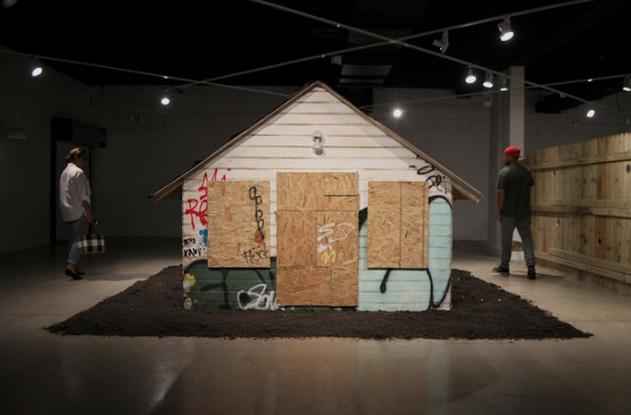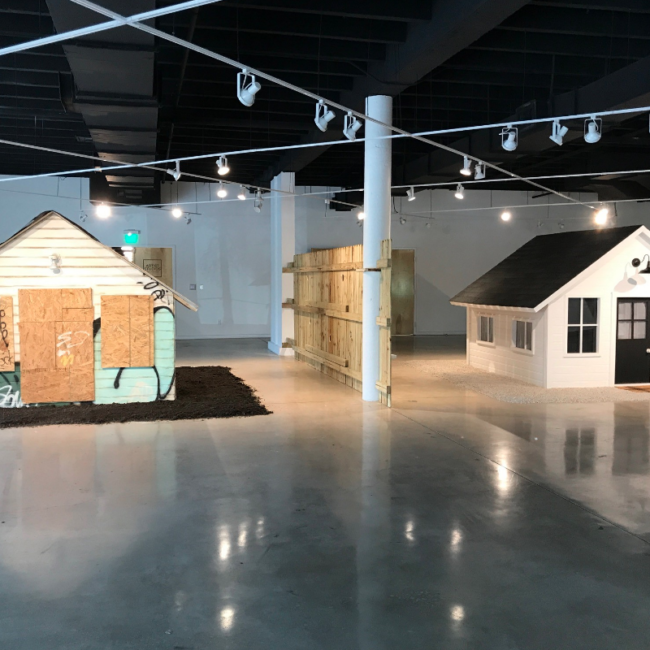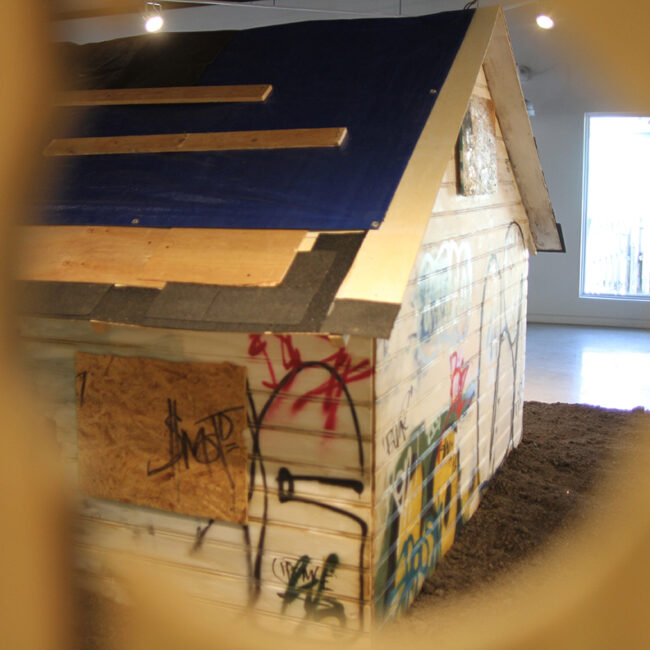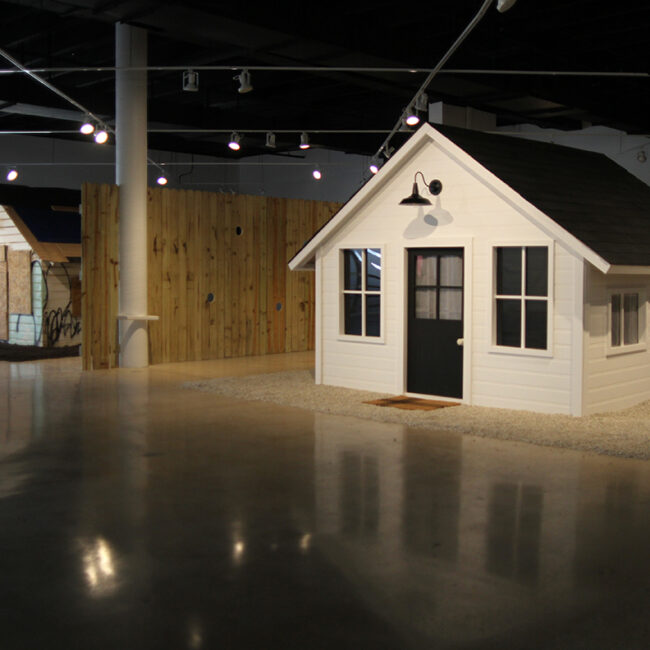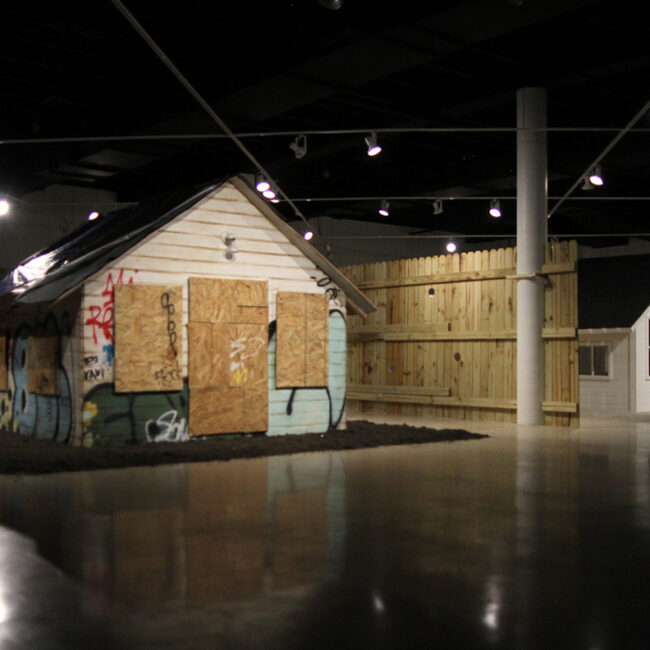Luis Garcia Nerey was born in Santurce, Puerto Rico and lives and works in Miami, Florida. The premise of his work questions if existence is possible without participation. His work is informed by Constructionism Theory and relies on the viewer’s interaction to negotiate symbiotic relationships between the Self and the Other. The philosophy of the Self and the Other stems from the thought that all things need a counter or an Other to define them. In other words, concepts and things in general have an objective existence not precisely because they possess a natural essence, but because we as humans constructed them through the ingenuity and creativity that emerges from our interaction through language. In this dynamic, the viewer not only constructs the “essence” of the pieces, but also observes him or herself constructing them. It is there, within this symbolic interaction, that the viewer is also being constructed by the work.
“My work questions the biases created by the real and artificial borders inevitably present in everyday life. It references varied social issues while exploring the narrative of cyclical patterns that recur through time and place.”
Luis Garcia Nerey was selected for his work, “Dwelling,” exploring the nuances of economics, gentrification, immigration, and race.Two constructed wood houses (8’W x 8’L x 8’H each) sit side by side from each other, separated by a wooden fence. One of the houses appears in pristine condition, while the other appears deteriorated, vandalized and abandoned. Although the disparate houses are separated, the fence itself has been cut into, allowing the viewer to gain new perspectives from whichever side of the fence they stand on.
“In Dwelling, I construct an environment that meditates on the connections and separations formed between home, community and development. The subtext of Dwelling references several social issues our community continually struggles with, including economics, gentrification, immigration and race. As with all my installations, Dwelling provokes the viewer to navigate the physical space in search of meaning – in this case revealing subliminal biases, assumptions and encouraging deeper thought into the context of what can divide us as people.”


